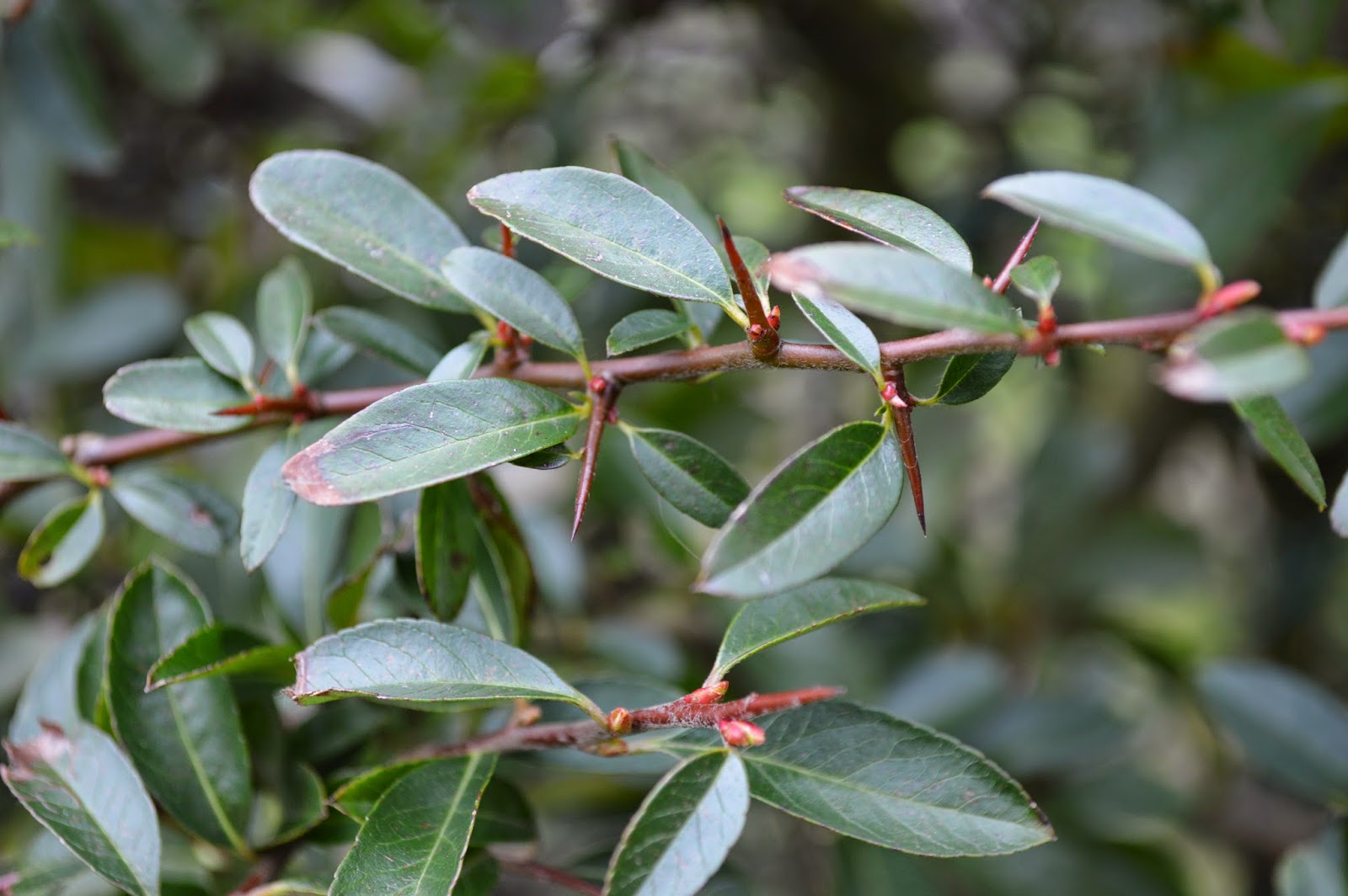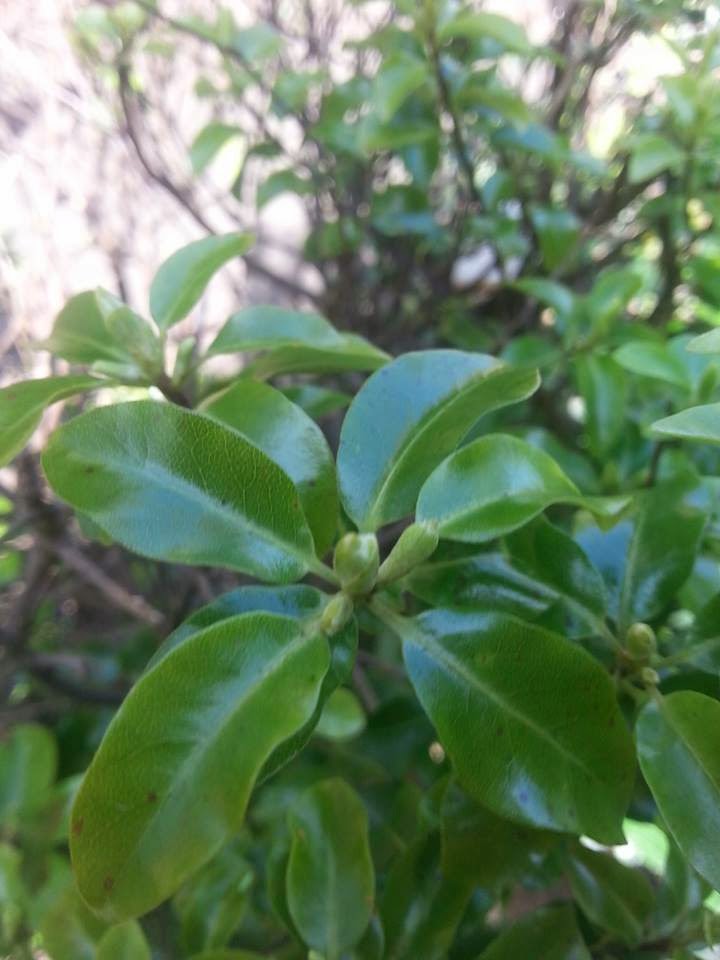I found this Periwinkle just outside Trafford Park, early April. The perennials appear to have self-seeded as they are amongst various other self-seeding, ruderal plants. Despite finding these Periwinkle perennials in an un-maintained, wild environment, periwinkles are often used ornamentally due to their bright purple flowers. In the winter, these evergreen plants can be found without their iconic flower.
Periwinkle thrives in both shade and sunlight, making them tolerant to most weather conditions. The soils were well drained, however, Vinca spp. can be seen to thrive in poorly drained soils too.


















































